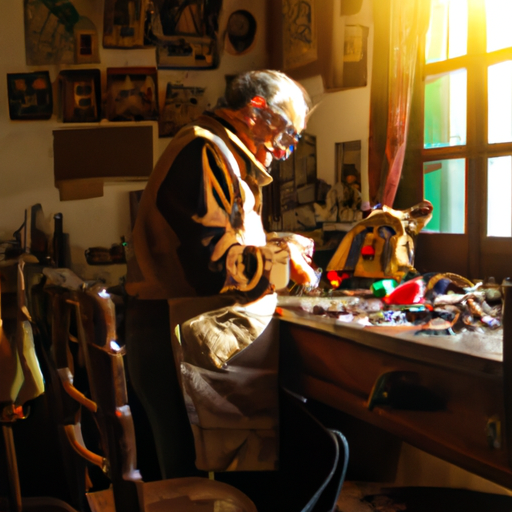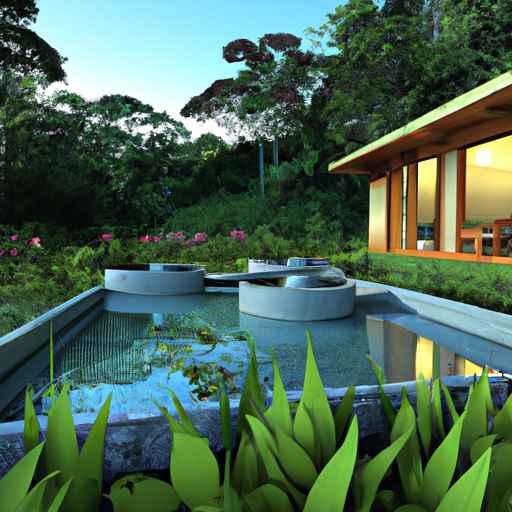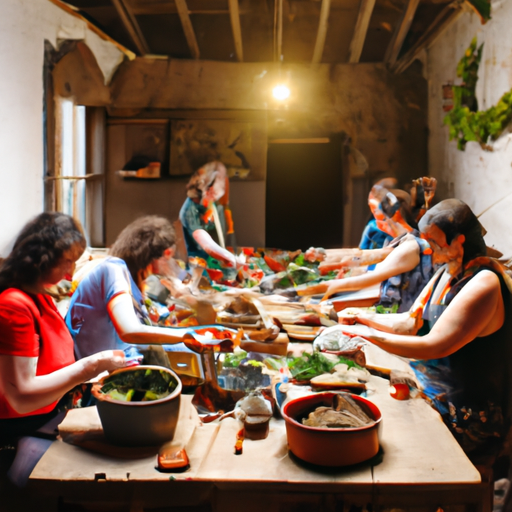Explore the transformative power of slow travel in an age of rapid tourism and quick experiences. Learn how extended stays and deeper cultural engagement can create more meaningful connections with local communities and traditions. Discover practical approaches to implementing slow travel principles in your next journey.

In an era of Instagram-worthy moments and whirlwind tours that promise to cover entire countries in mere days, the art of slow travel stands as a thoughtful alternative that promises deeper, more meaningful experiences. This approach to exploration isn't just about spending more time in one place; it's about fundamentally shifting how we engage with the worlds we visit and the stories we become part of.
The concept of slow travel emerged as a natural extension of the slow food movement, which began in Italy in the 1980s as a protest against the opening of a McDonald's in Rome. Both movements share core principles: mindfulness, sustainability, and a dedication to quality over quantity. In travel terms, this translates to spending weeks rather than days in a destination, engaging meaningfully with local communities, and allowing experiences to unfold naturally rather than forcing them into tight schedules.
One of the primary benefits of slow travel is the opportunity for genuine cultural immersion. When you spend extended time in one location, you move beyond surface-level interactions and begin to understand the subtle rhythms of daily life. You might notice how the local market comes alive at different times of day, discover which café serves the best morning coffee according to residents, or learn about traditional festivals that don't make it into guidebooks.
Language learning becomes a natural part of the experience when you're not rushing through destinations. Even if you don't achieve fluency, the process of learning and using basic phrases creates meaningful connections with local people. Many slow travelers report that their most memorable experiences came from simple daily interactions - conversations with shopkeepers, joining local cooking classes, or participating in community events.
Slow travel also offers significant environmental benefits. By staying longer in fewer places, travelers reduce their carbon footprint from transportation. This approach allows for more sustainable choices in general, such as using public transportation, shopping at local markets, and supporting small-scale accommodation providers who often have more environmentally conscious practices.
Implementing slow travel principles doesn't require a complete overhaul of your travel style. Start by choosing one destination instead of three for your next two-week vacation. Consider renting an apartment rather than staying in a hotel, which allows you to shop at local markets and cook some meals at home. This simple change can lead to regular interactions with neighbors and shopkeepers, creating a more authentic experience of daily life.
The financial aspects of slow travel might surprise many. While staying longer in one place typically means a higher initial investment, the daily cost often decreases significantly. Long-term accommodation rates are usually lower than nightly hotel prices, and cooking some meals at home reduces restaurant expenses. More importantly, you're paying for experiences that offer deeper value and lasting impact.
Technology can be both a help and hindrance to slow travel. While smartphones and apps make it easier than ever to navigate foreign cities and translate languages, they can also create barriers to genuine interaction. Successful slow travelers often find a balance, using technology as a tool while remaining present in the moment and open to organic experiences.
One of the most rewarding aspects of slow travel is the opportunity to develop real relationships with local people. When you're not rushing from sight to sight, you can accept impromptu invitations to family dinners, attend local celebrations, or participate in community projects. These connections often lead to a more nuanced understanding of local culture and customs.
Slow travel also allows for a more authentic exploration of local cuisine. Rather than hitting only the top-rated restaurants on review sites, you have time to discover family-run establishments, learn about traditional cooking methods, and understand the cultural significance of different dishes. Many slow travelers find themselves invited into local homes to learn family recipes passed down through generations.
The impact of slow travel extends beyond the individual traveler. Communities benefit from visitors who spend more time and money locally, creating more sustainable tourism economies. This approach also tends to spread tourism dollars beyond major attractions to smaller businesses and rural areas that might be overlooked by conventional tourists.
As we look to the future of travel in a world increasingly concerned with sustainability and authentic experiences, slow travel offers a compelling alternative to traditional tourism models. It provides a framework for more meaningful exploration while addressing many of the environmental and social concerns associated with modern travel.
The key to successful slow travel lies in releasing expectations and remaining open to the unexpected. It's about valuing the journey as much as the destination and understanding that some of the most meaningful experiences can't be planned or purchased. In embracing this approach, travelers often find not just a new way to explore the world, but a new way of seeing and experiencing life itself.



